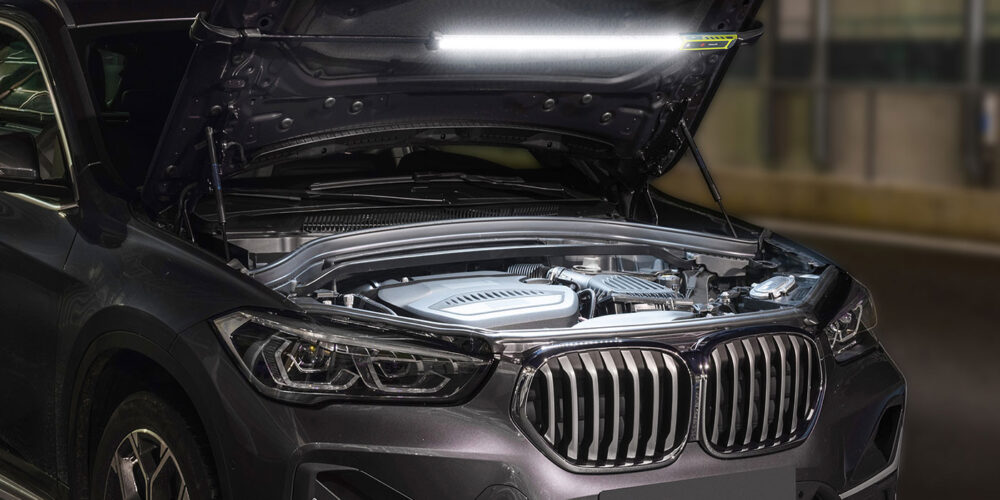I am starting to notice a trend when it comes to alignments. It is not about the vehicles, but about the attitudes toward alignment services. It happens at independent repair shops, franchise shops and even dealers. It is neglect of the alignment bay and the lack of willingness to recommend and perform alignments. In some shops, it gets so bad that the alignment bay or pit becomes nothing more than just another drive-on lift.
What stops technicians and front counter people from selling alignments? It is a perceived convergence of costs when it comes to time, equipment and market prices for alignments. In other words, the technician can’t make any money, the shop is trying to match prices and outdated alignment equipment makes the situation even worse.
There is a way out of this downward spiral. It is a simple four-step process. First, raise your alignment prices. Second, evaluate and update your alignment equipment. Third, create preventive or diagnostic alignment services. Last, invest in alignment training.
Price Hike
Pricing is the first barrier to overcome in order to performing more alignments. Unlike tradition retail economics, the trend is to raise your prices. Don’t worry about meeting the competition’s prices. If they are offering a lower priced alignment, chances are they hardly ever to sell the service. Also, the customers the low price attracts are often more trouble than they are worth. If you can make the case why an alignment is needed to the customer, chances are they will not haggle on the price.
How much should you raise your prices? A simple calculation is to take what you think is fair and add 25 to 35 percent. Take the chance and raise your prices, you deserve it. It is not price gouging, it is that on average, alignments are chronically underpriced. Also, by raising your prices, it gives technicians more incentive to recommend more alignment services.
Alignment Ergonomics
Sometimes it is the equipment and the “alignment ergonomics” could be holding your shop back. Most technicians know that it can be difficult to beat or even match the billable hours when using older alignment equipment. This can kill any enthusiasm for recommending and performing alignments.
It is easy to see how new computer technology and sensor heads can increase a technician’s productivity. But, it is less complicated items that can make or break overall alignment productivity. The two items that can bottleneck alignment productivity are turn and slip plates. Even if you have the most sophisticated alignment system with digital cameras and a fast computer, the technician is still has to pull the car on the rack and pull the pins on the plates.
One of the newest technologies on the market is self-centering and locking turn and slip plates. With the flip of the switch, it is possible to lock and unlock the slip plates during an adjustment. This saves the tech from circling the vehicle several times to remove and insert pins. Also, it can save a technician the embarrassment of trying to drive off the lift without reinserting the pins.
Checks
Once you have addressed pricing and your equipment, the next step is to institute the alignment check service. The alignment check is nothing more than an inspection and a check of the basic alignment angles. It can be viewed as preventive maintenance or a diagnostic service. It can be reasonably priced or even given away. Also, an alignment check can be an additional item you can add into a mileage interval service package.
The most important investment you can make is training. Training can increase productivity and reduce comebacks at the same time. Even the best alignment systems cannot help a technician spot certain conditions like shifted engine cradles and worn bushings. Training can help technicians spot possible problems before the job is undersold and a vehicle is stuck in the alignment bay for an extended period of time. Some alignment consoles include training as part of their software package so the tech can brush-up his or her skills during downtime.










